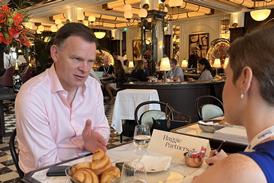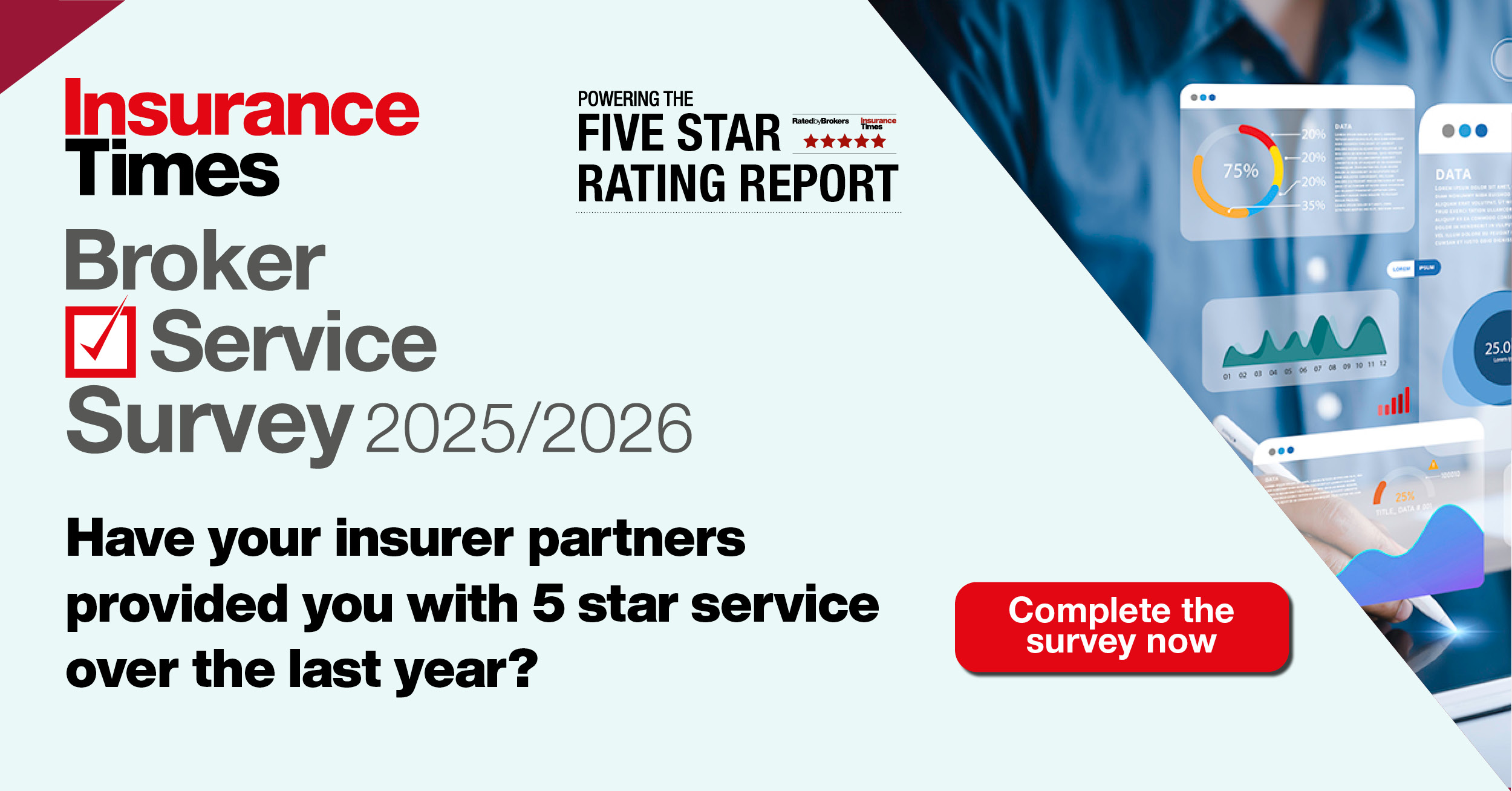Can't place cover? Thought about a captive or protected cell? Increasing numbers of brokers have. Michael Faulkner reports
The hard market is now getting so bad that brokers are considering banding together and using a captive insurance company to provide their own professional indemnity cover. Other businesses are also looking in increasing numbers to Bermuda, Guernsey and other captive havens to provide cover for their risks.
It is not difficult to see why. As primary insurers' premiums rocket and cover becomes more limited, captives and other forms of alternative risk transfer (ART) can provide economically sound and versatile insurance solutions.
According to AM Best more than 450 new captives were licensed in 2002, compared to 300 in 2001. Willis increased the number of captives it set up last year by 20% to 36. And Marsh added a substantial number of captives last year of which many were established by UK-parent companies.
Willis Captive Practice joint leader Malcolm Cutts-Watson says: "Captives are becoming extremely popular because of the tough market conditions. There has also been a lot more interest in protected cell companies (PCC) from businesses that cannot afford their own captive."
Investment rewarded
Cutts-Watson says that existing captives are now dealing with ever larger and more sophisticated retentions. He also says that insureds are increasingly looking to participate in the catastrophe risks that were previously the domain of insurance companies.
"Companies which made a long-term decision in the soft market cycle to set up a captive have found their investments rewarded and have been able to build up reserves in their captive and take more risk.
"Some companies are also willing to participate in the unpredictable catastrophe losses and are placing an extra layer of cover with the captive, or are participating in quota share arrangements with the insurance market through the captive. Overall, I suspect that there has been a 25% increase in the amount of premium going into captives."
It is not difficult to see the attraction of captives. At a time when capacity problems are rife and conditions are becoming ever tighter, captives offer numerous benefits.
Cutts-Watson says that captives are being used to "plug the gaps" in all classes of cover, where a proportion of full risk cannot be placed in the commercial market owing to capacity limits - the so-called "Swiss-cheese" phenomenon. They can also be used where the commercial market is unwilling or unable to offer cover on the right conditions.
Cutts-Watson also says that captives are being used to obtain cheaper terrorism cover. The captive is able to become a member of Pool Re, allowing the insured to by-pass the primary market and buy terrorism cover directly from Pool Re above a pre-set retention level. This is cheaper, as the primary market inflates terrorism premiums, says Cutts-Watson.
A further benefit is that captives can provide advantages to a company when purchasing insurance.
"Companies are finding that they are in much better position going into the commercial marketplace with a captive in place. It assists in risk differentiation. A company can argue that the risk is better and that it can accept attritional losses," says Cutts-Watson.
"A captive also provides comfort to insurers as it demonstrates that the company is risk management focused."
ART solutions are also showing increased interest and take up according to Marsh Structured Risks Practice managing director Andrew Tunnicliffe.
"Organisations are looking at more structured ways to manage their retentions and ARTs can provide an economic benefit. The increased interest is partly to do with the high price of insurance, but also to do with width and breadth of cover available."
Tunnicliffe says that there has been a change in the type of ART arrangements being used, with a move away from deals based on "pre-loss structures", in which the insured pays a regular premium to the insurer. An example is `finite risk', in which the insured receives a finite aggregate level of cover across a number or classes.
More popular now are post-loss funding arrangements, such as contingent capital, says Tunnicliffe. This provides the insured with a pre-agreed line of financing, such as a line of credit, that is triggered by a specific event, such as an insurance loss of a particular magnitude.
Sophistication level
Chubb Financial Solutions managing director Richard Harris says that the ART market has moved away from the complicated and exotic structures that were prevalent a few years ago.
"Transactions with weather-related triggers, or those based on un-traded indicies such as the RPI or the house price index, are no longer used. The move is towards old-style ART, albeit with a greater level of sophistication."
Harris also says that companies are using ART in conjunction with captives. "As captives are being forced to take more risk, companies are deciding that, rather than simply pump money into their captives, they are going to use ART solutions as well. The captives take the low level losses, while ART is used to deal with the catastrophe losses."
Ultimately, Harris says that the financing options that captives offer are very powerful.
"Captives give flexibility. In soft markets companies can use their captives to by-pass the primary market and buy from the cheaper reinsurance market; in hard markets they can use ART. But whichever option is chosen, the policy that the captive issues to the parent company is the same."
But aren't these complicated solutions only suitable for the world's biggest companies?
No, say Tunnicliffe. "This is a misunderstanding. ART and captives are seeing more usage in the middle-market area, where there is a greater need for efficiency and cash flow."
Cutts-Watson also says: "We are seeing organisations such as law firms and professional partnerships looking at captives. PCCs also allow SMEs to use captives."
There is also an increased interest in these solutions from trade associations, particularly from those in high-risk industries.
"There can be good reasons for companies sharing direct and credit risks. Pooling risks can provide liquidity. The big issue, however, is getting cooperation from all the businesses concerned. It only needs a small number of people to start disagreeing and the system breaks down -they are all in competition," says Tunnicliffe.
The broader appeal of captives and ART is something that regional brokers need to address. Northern broker Smart and Cook is already using captives. Managing director Paul Meehan says that brokers must start to consider them.
"It is one solution and if brokers don't consider it, they are not providing a comprehensive service to clients."
Regional issues
Meehan says that, previously, PCCs were suitable only for businesses with a turnover of £30m or over, but now one can get entry to a cell with a £20m turnover.
The big issue for regional brokers is lack of knowledge about these areas. The national brokers have teams of experienced professionals dedicated to captives and ARTs. For the average regional broker assisting a client with an ART solution would be a step into the unknown.
Halifax broker Wilby director Ian Walker says: "We have considered captives in the past and would do so with appropriate clients. There is a need for large provincial brokers to get themselves educated; if they have more knowledge they will become more aware of the opportunities in these areas."
But while the increased interest in captives is providing opportunities for regional brokers, it also has negative repercussions for insurance companies.
Meehan says: "Once a captive is set up it is lost forever to the primary insurance market. When the market softens, the risks don't migrate back to the insurance market."
Insurers should take note.
Definitions
Captive - an insurance company set up by a business (the parent) to provide insurance cover for that parent
Protected cell company (PCC) - A single company containing a number of legally separate captive structures or cells. These cells or `rent-a-captives' give users all the advantages of a captive, but without the infrastructure and capitalisation needs
Alternative risk transfer (ART) - a mechanism whereby an underwriting risk is placed into markets other than the traditional re/insurance markets












































